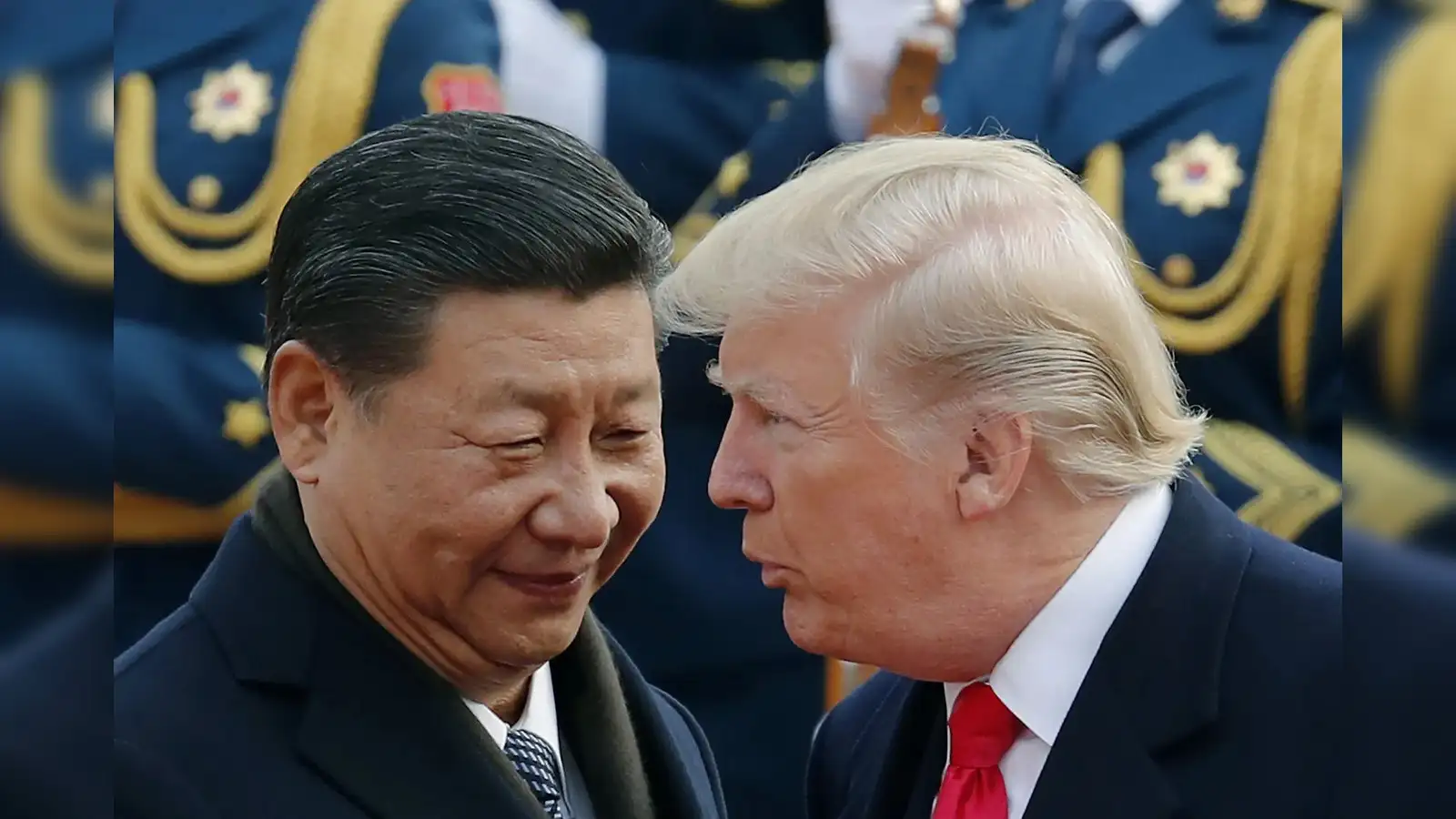In an unexpected shift, U.S. President Donald Trump has temporarily halted his recently enacted reciprocal tariffs for most nations, excluding China while simultaneously intensifying trade penalties on Beijing. The announcement, made just a day after the tariffs came into force, triggered a sharp response from China and sent shockwaves through global markets.
Trump declared a 90-day suspension on tariffs for over 75 countries that had opted for diplomacy instead of retaliation. During this pause, these nations will face only a 10% reciprocal tariff, significantly lower than the original rates. The President portrayed this decision as a strategic gesture aimed at rewarding cooperation. “Flexibility is key,” Trump remarked, adding, “Sometimes, you don’t go through the wall, you go around it.”
Trump Blames China for Economic Exploitation
While signalling openness to global dialogue, Trump took a hardline stance against China, accusing it of economic exploitation. He announced that tariffs on Chinese imports would rise immediately to 125%, an increase from the previously set 104%. In a post on TruthSocial, Trump wrote, “The era of China taking advantage of global markets is over.”
China responded swiftly and aggressively, raising its tariffs on American goods to 84%, up from an earlier 34%. Officials in Beijing warned that they would escalate their response if provoked further, even filing a formal complaint with the World Trade Organisation (WTO). China also implemented export restrictions targeting U.S. firms and hinted at further measures, such as boycotts of American products, agricultural tariffs, and curbs on rare earth mineral exports, which are essential for global tech industries.
The U.S.-China trade standoff has reached new heights, with both sides entrenched and unwilling to back down. Chinese state media described the situation as a “strategic inflection point” for domestic economic reform, urging the nation to turn external pressure into self-reliance and consumption-driven growth.
Domestic Market Fears Prompt Trump’s Tariff Reversal
Meanwhile, domestic pressure appears to have played a role in Trump’s partial retreat. According to reports, senior figures in the U.S. Treasury, including Secretary Scott Bessent, expressed alarm over volatility in the bond market. The sell-off in U.S. Treasuries and growing investor anxiety reportedly led Trump to reconsider a full-scale trade war.
Despite the chaotic rollout, Trump described the tariff pause as “written from the heart,” emphasising it was an instinctive decision, not a product of legal or bureaucratic planning.
Financial markets responded with relief. Wall Street rallied, with the Dow Jones Industrial Average soaring over 2,500 points, the Nasdaq climbing more than 12%, and the S&P 500 posting its strongest single-day performance in years. Oil prices also surged by over 4%, and the U.S. dollar gained strength.
India Sees Relief as Tariff Pause Opens Door for Trade Talks
India, which had earlier faced a 26% tariff under the same policy, is expected to benefit from the freeze. The Indian Ministry of External Affairs confirmed that trade negotiations with the U.S. are progressing, aiming to secure a multi-sectoral bilateral agreement. “We’re optimistic about resolving these issues soon,” said ministry spokesperson Randhir Jaiswal.
In contrast, the European Union and Canada, both of which had previously warned of retaliatory steps, are moving forward with their countermeasures. The EU plans to introduce 25% tariffs on various U.S. products, escalating tensions with Washington despite the broader tariff pause.
While Trump’s strategy appears aimed at isolating China in the trade conflict, critics argue that the approach risks deepening global instability. Economists caution that the prolonged U.S.-China standoff could damage supply chains, raise consumer prices, and trigger further economic uncertainty.
As the world watches closely, Trump’s latest maneuver seems to pivot the broader trade war toward a more focused and potentially explosive showdown with Beijing.


